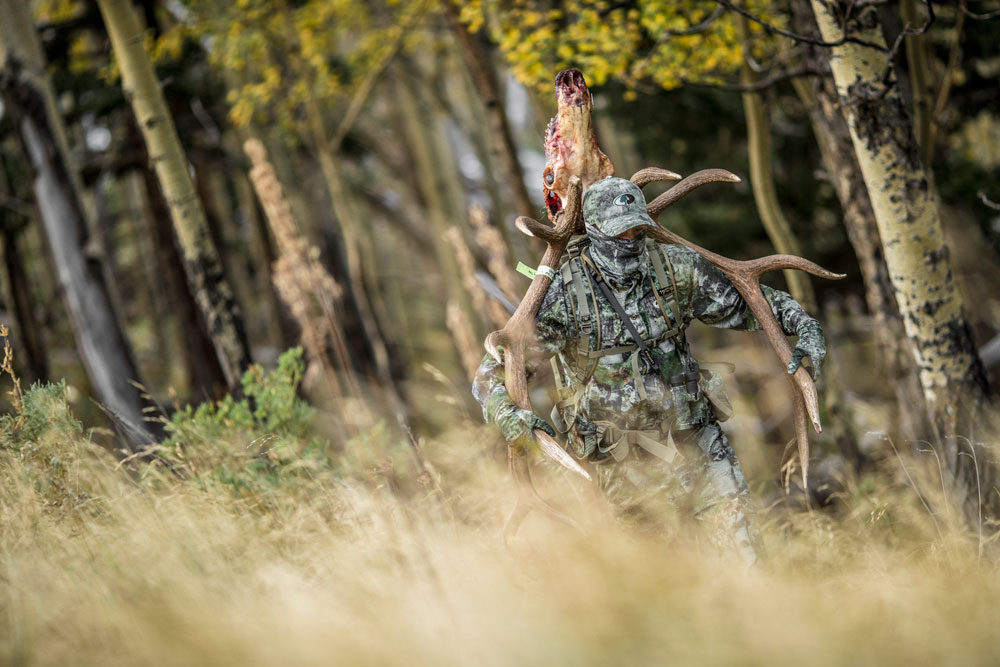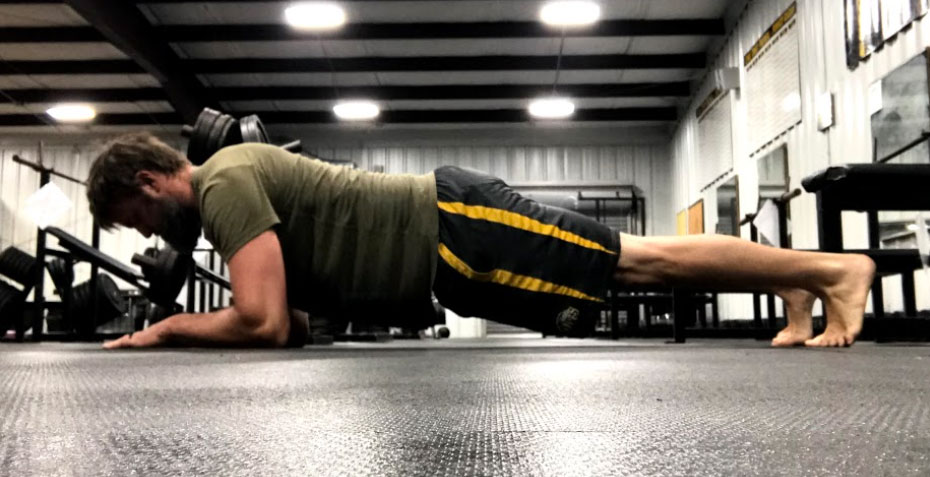
When it comes to a strong core and 6-pack abs, we often think of sit-ups and crunches. While these can certainly have their place, the fundamental purpose of our core is support. It is to transfer power up and down the movement chain and from side to side. The core is what connects our limbs and allows us to perform great feats.
Our core, often referred to and thought of as abs, are really not for movement but for stability and transferring power of movement. Our core can be considered more of a pillar for the body. A pillar that the limbs are set upon. This pillar is to keep us upright and stable when challenged with an external load.
- Our core fires when we jump across a stream.
- To climb up in a deer stand we utilize our core.
- When drawing and firing our bow, we rely on our core to keep us steady.
- We need our core to work properly when dragging and loading a deer.
- Staying low to stalk a deer or turkey requires a strong core and other muscle groups.
Crunches and sit-ups can cause some back pain, especially as most people have tight hips and weak backs due to the amount of time we spend seated. Today, we need more focus on the stability of the core and not more flexion. There are many ways to challenge and improve our core strength but one of the most effective yet simple ways is with a plank.
- To plank, begin lying on your stomach with legs fully extended and toes on the ground.
- Place forearms flat on the floor with the elbows directly beneath shoulders.
- Use the shoulders to push the elbows into the floor raising the body off of the floor.
- Keeping the head in neutral alignment, tighten glutes to hold the body straight. Keeping the body tight, the ears, shoulders, hips, knees, and ankles should be aligned.

Test to see how long you can hold a plank. Stop when form begins to break down. Planks can be used in between sets, as part of a finisher, or as a stand-alone exercise. Planks can even be incorporated into your workday by completing one plank every hour as part of a water break from sitting at a desk.
Progress a plank with a plank walk-up. Beginning in a proper plank position shift weight to the left arm while placing the right-hand flat on the floor beneath your shoulder. As you shift weight to the right arm, place your left-hand flat on the ground under the left shoulder. Push yourself up extending both arms ending in a push-up position. Keep the body tight with the glutes contracted so that the ear, shoulder, hip, knee, and ankle are in alignment throughout the movement.
Test yourself. How long can you hold a plank?






























